This week we’re back at Somerset House in the heart of London, as I mentioned previously, the Somerset House complex runs from the Strand down to the Embankment entrance, this exhibition is at the Embankment end in the main gallery there. It’s quite a cavernous place Somerset House, I feel you could get lost in its corridors for days, but, I found my way and headed into the exhibition.
The concept of this exhibition intrigued me, what was this going to be all about? It’s had good reviews and the images I’d seen looked interesting enough. The premise of the exhibition asks us to look not up, but down, to the soil under our feet, it’s an exploration of what’s going on with the soil, and our, often exploitative, relationship with the planet. How though, do you represent the ground beneath our feet, and more to the point, its microscopic world, through art?
Through a variety of ways, Jo Pearl is a ceramicist, she points out that ceramics is the very essence of working with the soil, since clay comes from the soil. In Oddkin, 2024, she has recreated microscopic organisms in clay form but magnified so that they can be seen, from an aesthetic perspective, they have organic, unsettling forms, looking like little bits of bodies. The presentation is interesting, the individual pieces have been suspended on wires so you get the sense of them packed into the soil. It works at waking up our connection to the earth.
Kim Norton who is also a ceramicist, presents a really intriguing way to connect with the soil, she started an ongoing project called the Soil Library, 2017-ongoing, she collects and catalogues small amounts of soil from locations she visits and then combines them into a tiny ‘pinch pot’ and displays them together, creating a map of different soils from all over the world. They are displayed with precise regularity in a lovely glass cabinet, along with the collecting chart. Fascinating, I do love a bit of mathematical regularity!
Telescopic magnification is the medium of other artists in the exhibition, Tom Cockerill in collaboration with Elze Hesse, created photographic images of bacteria in A Diversity of Forms, 2020, from bacteria found in soils in Cornwall and potting compost. The photos whilst aesthetically beautiful, also make you appreciate the complexity of life on earth. These tiny organisms have a complex make up and are growing and living as much as we are, even though they’re invisible to the naked eye.
I was a bit of a science girl at school, I loved drawing specimens pickled in formaldehyde or things I’d sliced and squashed into a slide. I always remember the excitement of being allowed to see the magnification of an electron microscope on a university visit so France Bourely’s exhibit was very appealing, a selection of micron photographs are displayed together from different periods. The detail picked up by the electron microscope is incredible, it goes back to not realising how complex animals we’d just step on, such as ants, really are. There’s an artistic eye there though as well, these are not simply samples for identification or scientific study, they’re a study of the beautiful as well.
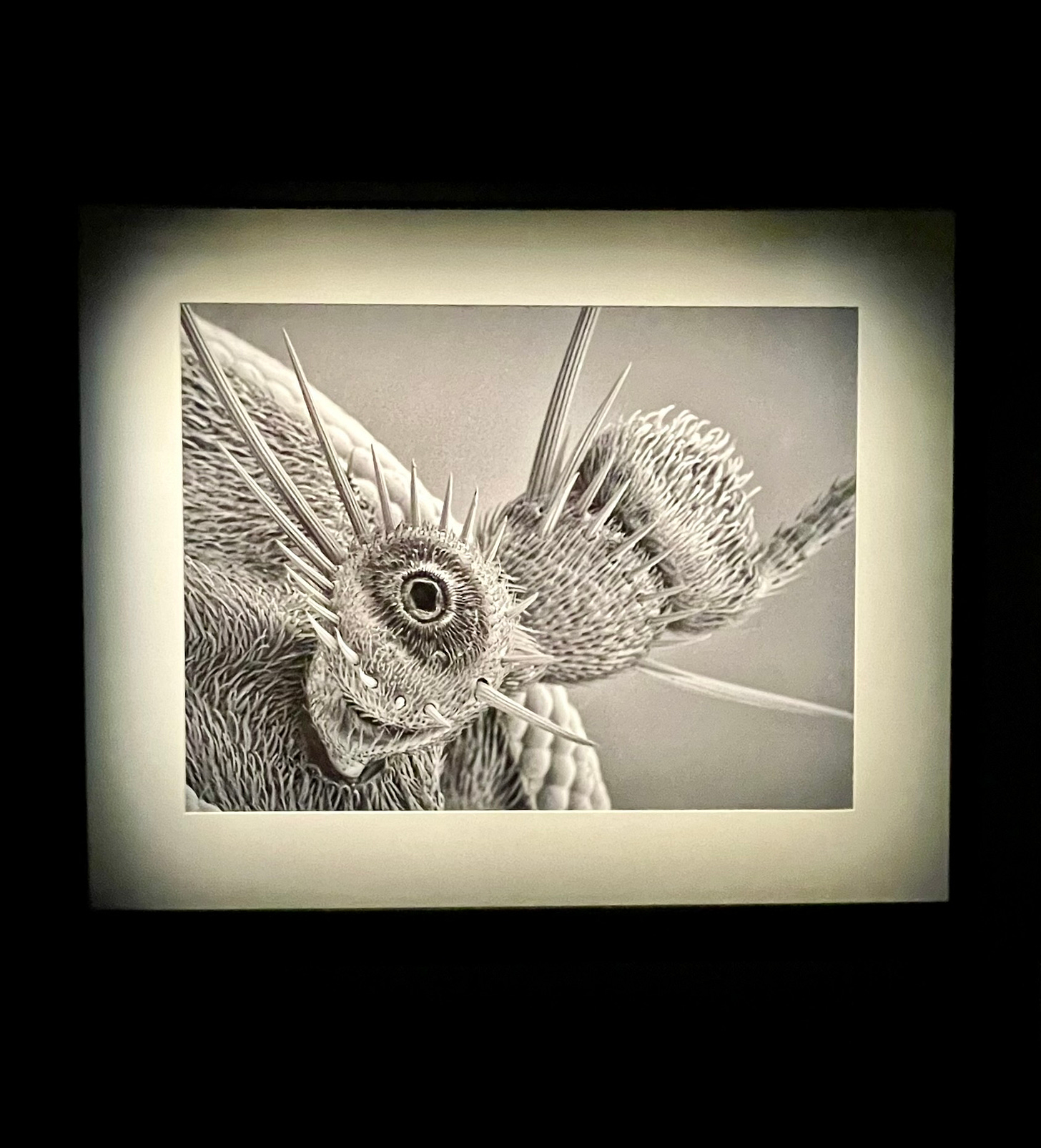
Video works also feature in the exhibition, in Wim van Egmond’s, Soil in Action, 2014-24, there are a series of clips that show the relationships in the soil between plants, fungi and bacteria in the soil. It’s interestingly displayed and I got a good view from the upper level of the exhibition watching mesmerised as they shape shifted and exploded in growth. In a similar vein, Where Two Kingdoms Meet, 2024, explores the relationship between life above and below ground, again bringing into the focus the idea that what we see above is supported by what grows below
Agnieszka Kurant’s, A.A.I. System’s Negative, 2016-ongoing, is quite fascinating, these, organic, other-worldly looking, sculptures were created by pouring zinc into abandoned termite mounds in the Namibian desert. The artist poured molten metal into the mound which then recreates the construction of the nest with its complex warrens and tunnels but, this time, in the negative. They show the intricateness of the nests and also, of course, the importance of the ants to the health of the soil.
There are lots of other exhibits I haven’t been able to include but I just want to discuss one final one, Ken Griffiths, The Sweetmans – A Country Cottage Calendar, 1974. The artist photographed the couple who owned the bungalow in their garden on a monthly basis for one year, he wanted to capture gardening in its simplicity and the joy contact with the soil brings to us. As you look over the development of the year, you can see the garden coming to life and blooming and then dying off again, it’s quite engaging. There is a twist though, the absence of Mrs Sweetman seems to be quite poignant but, actually she was just cold and can be seen inside behind the window! That made me chuckle! I’m not dead yet!
An interesting exhibition, it comes from a different angle and does indeed get us to look down not up. I really like the combination of science and art, they’re often pegged as very different academic disciplines but, as can be seen, they are far from mutually exclusive. Science comes into the service of Art to get the message out about the negative impact man is having on the planet, or is it the other way round?
At £15 even with an Art Pass discount, from £18.50, it’s not cheap, but then, galleries have to make money somehow. Talking of which, I was disappointed with the café provision, two tiny cafes, which, even on a cold, midweek day in February, were full to bursting, seem to miss an opportunity. Luckily, the Art Café of the Courtauld was open so I was able to install myself there for a couple of hours and write!
Rita Fennell
Gallery Tart!




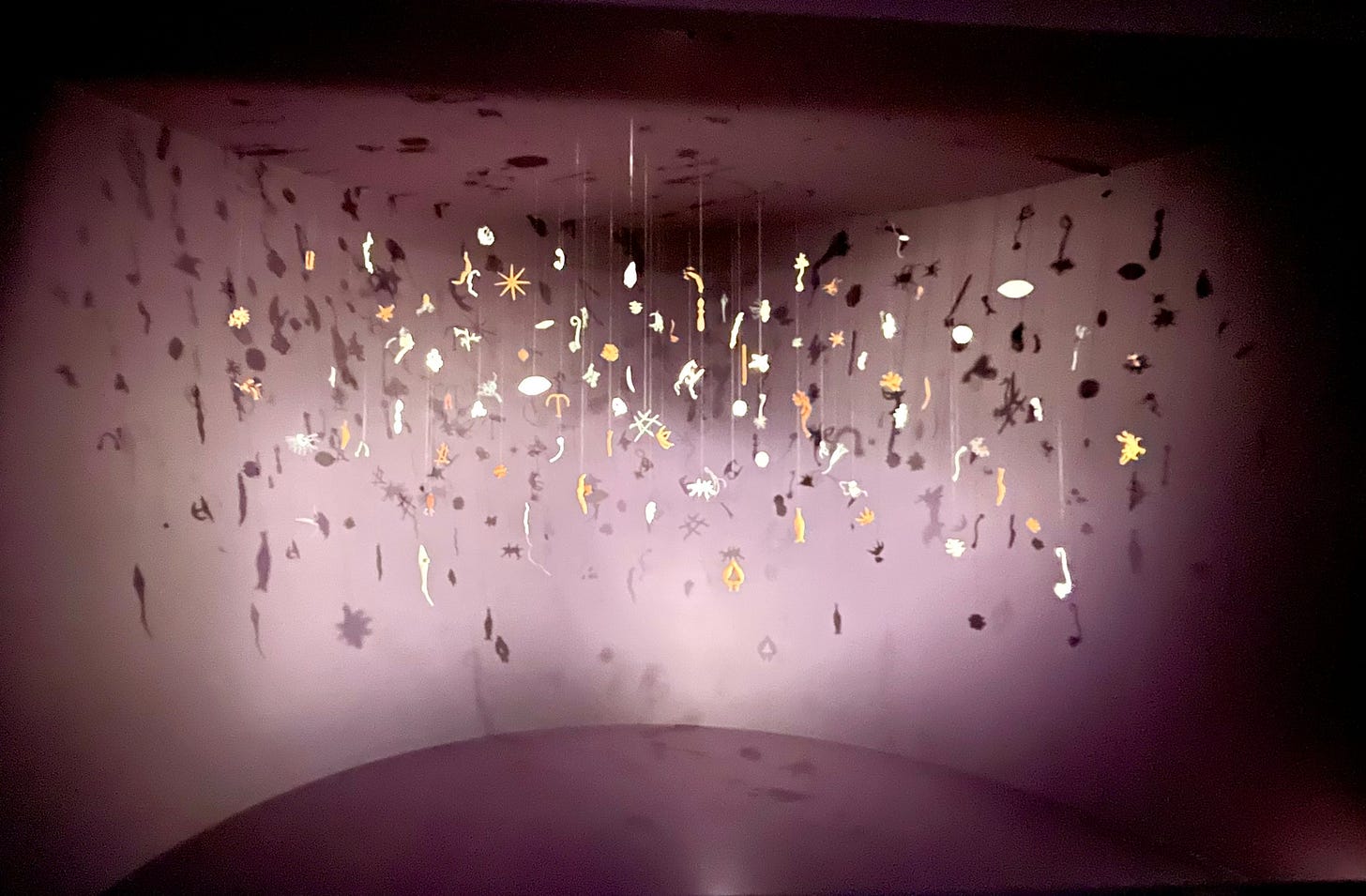
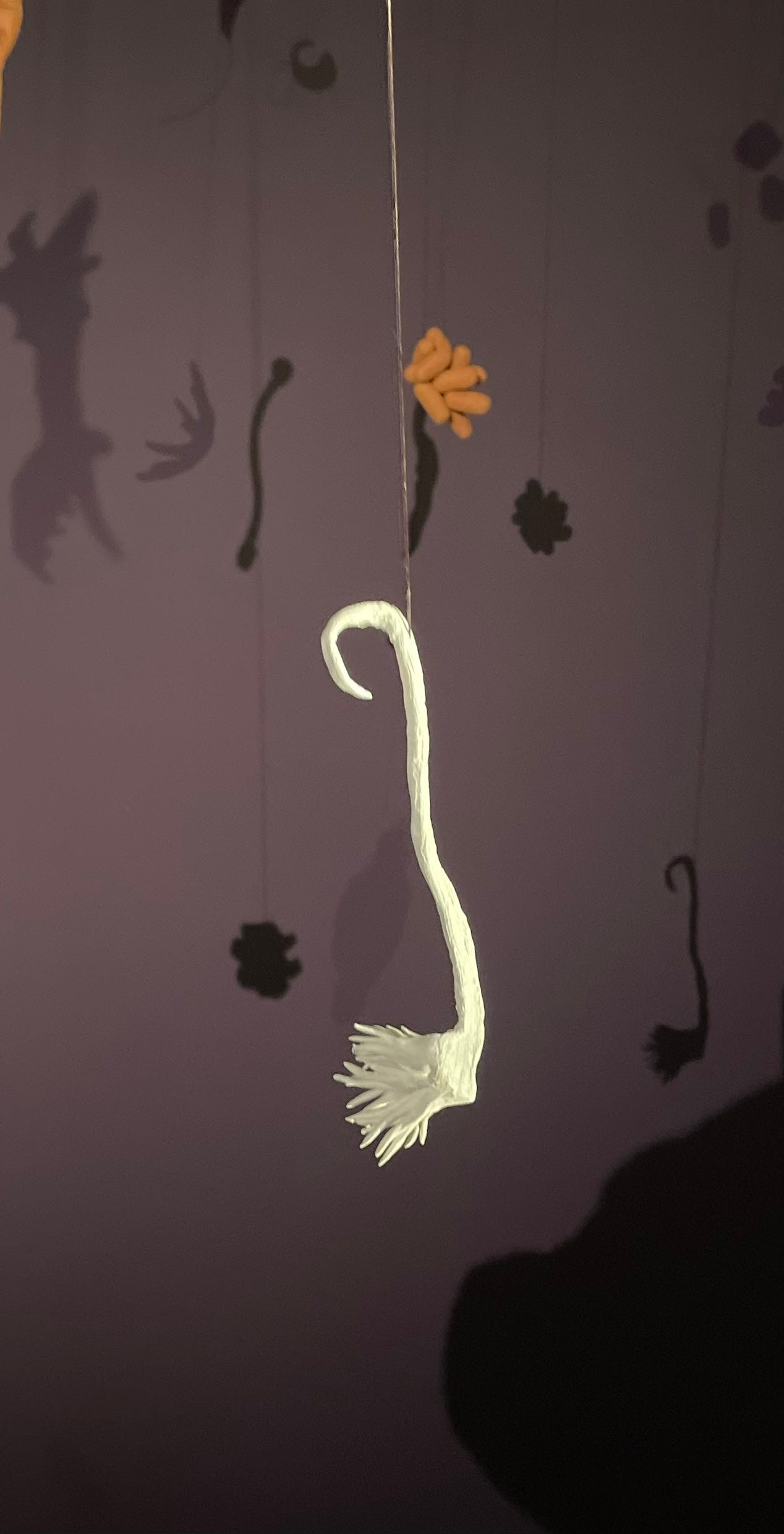
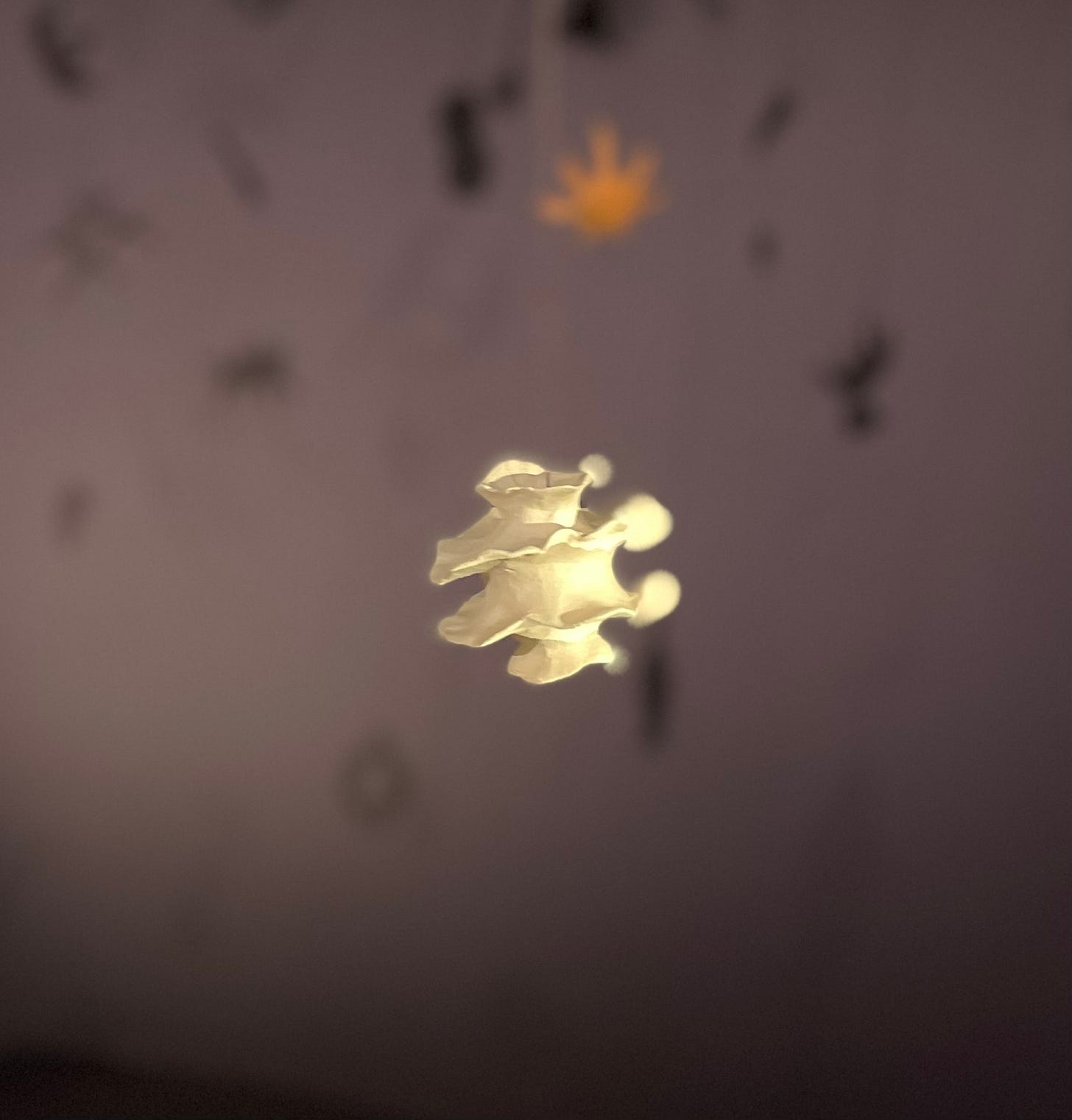
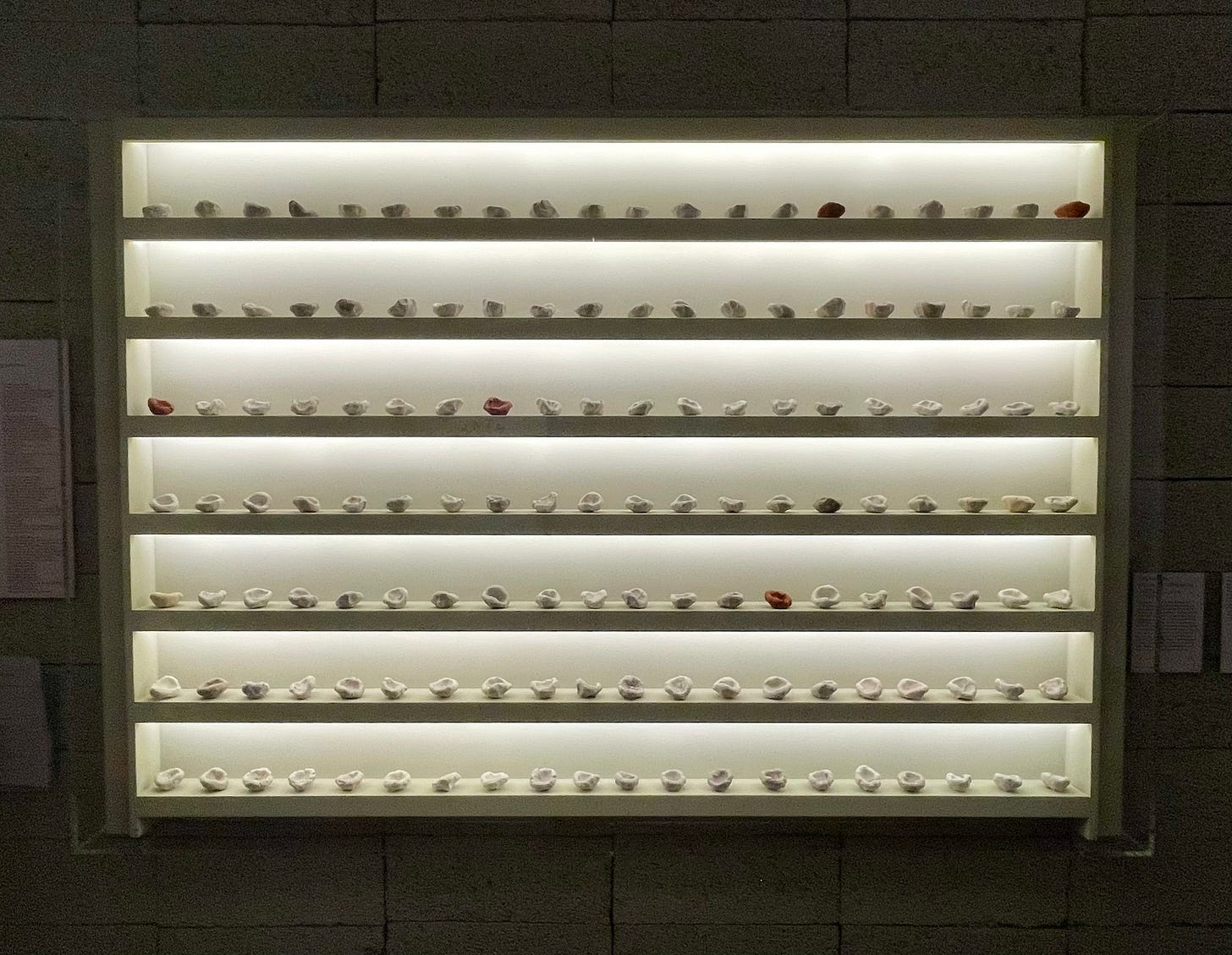
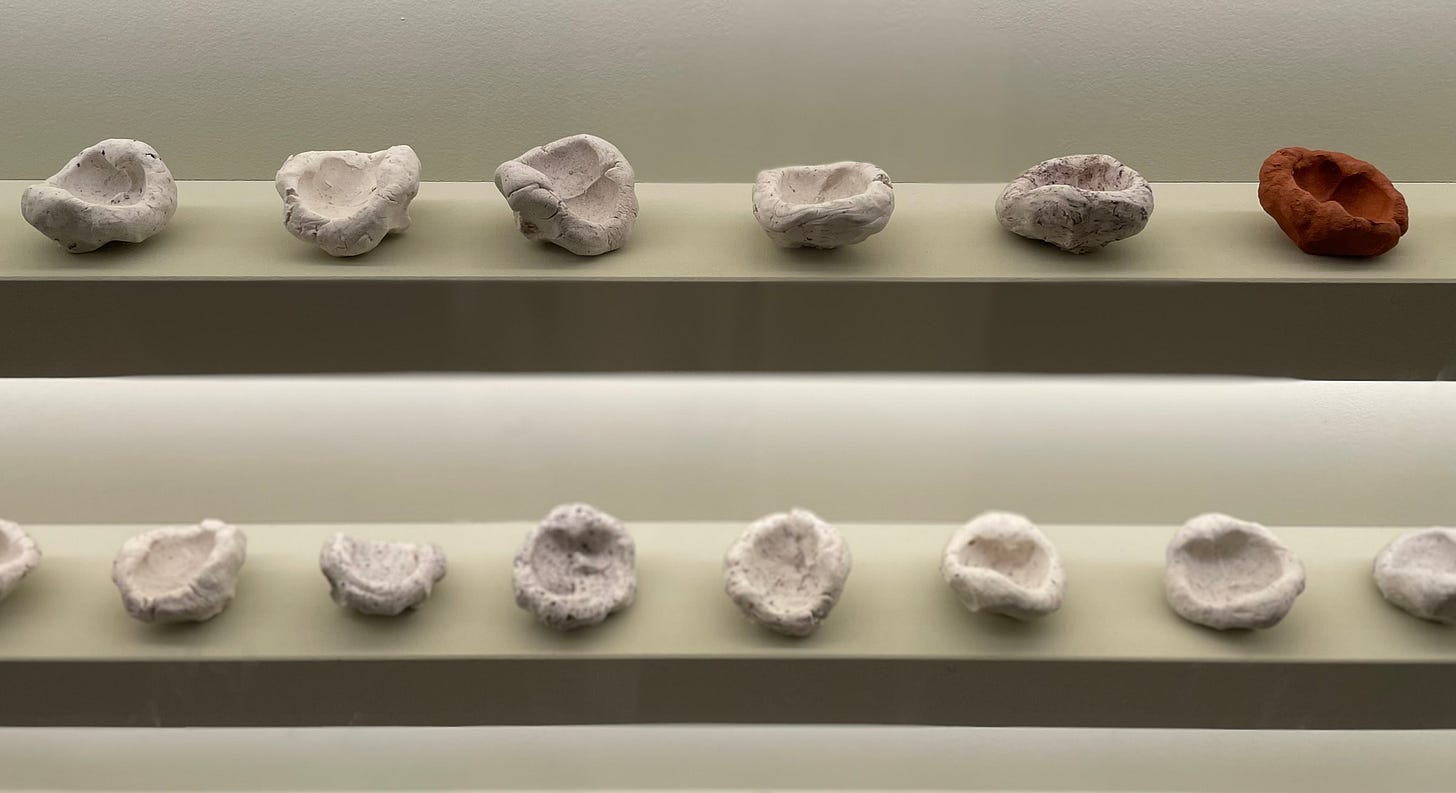
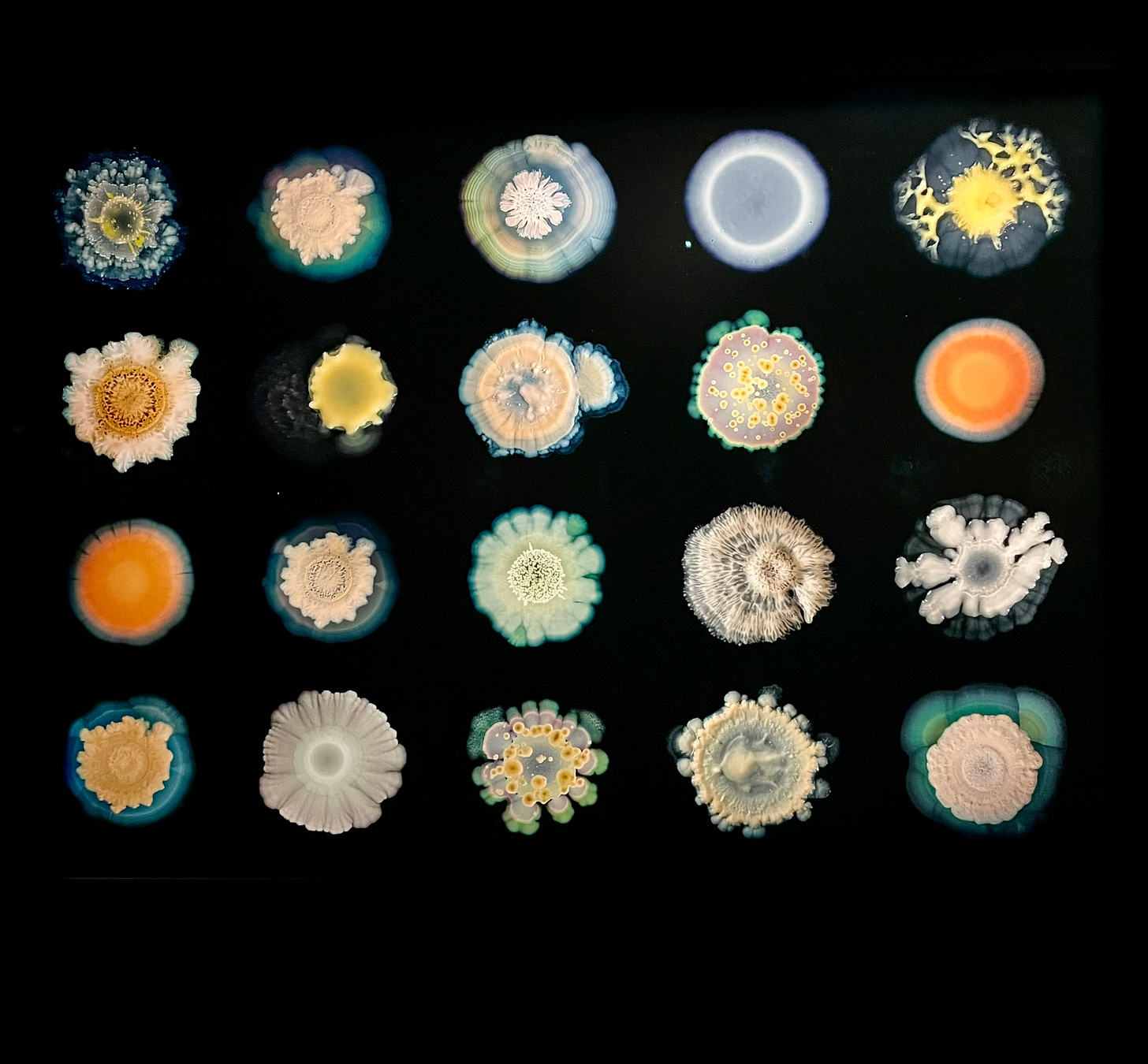
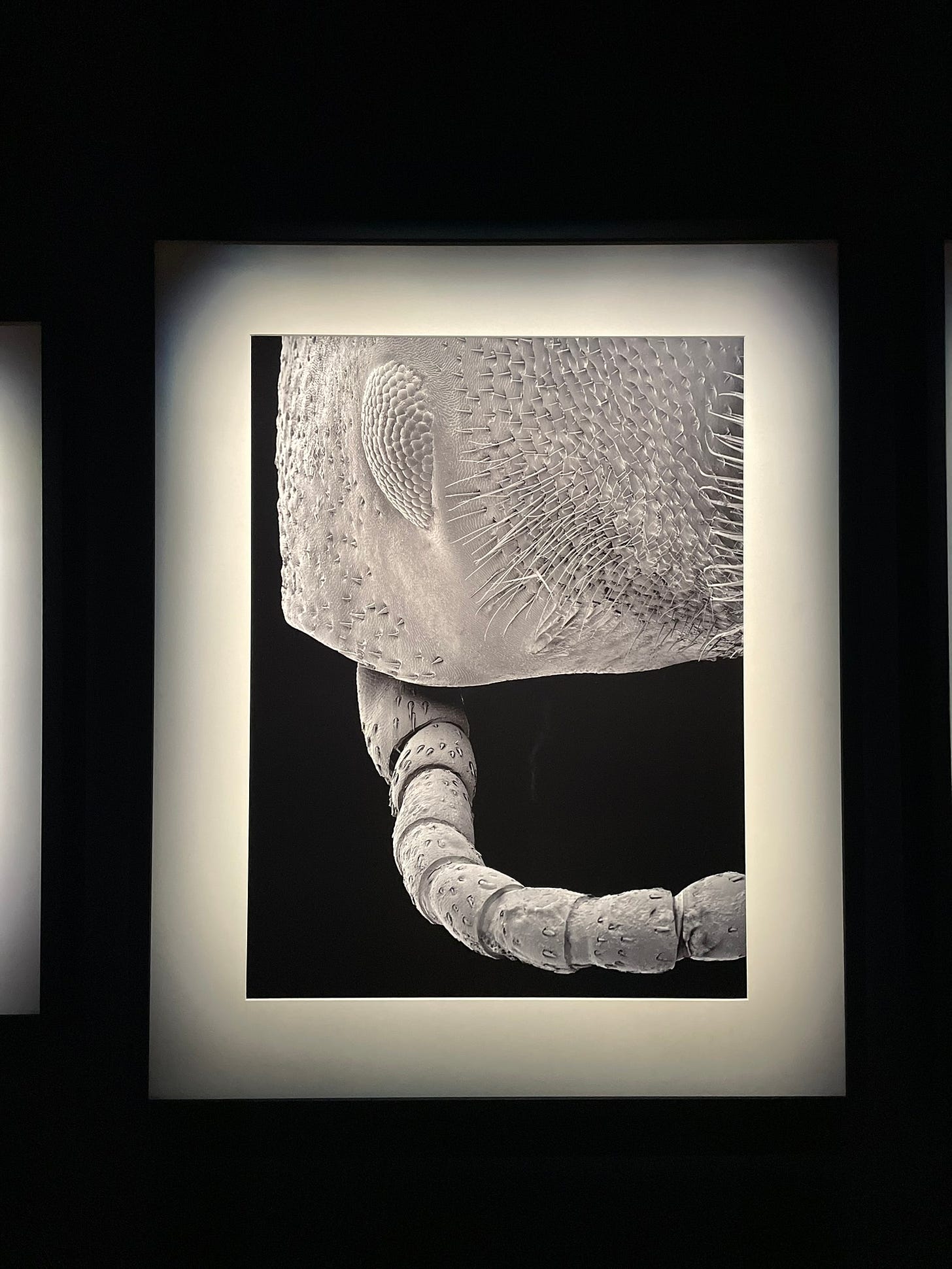
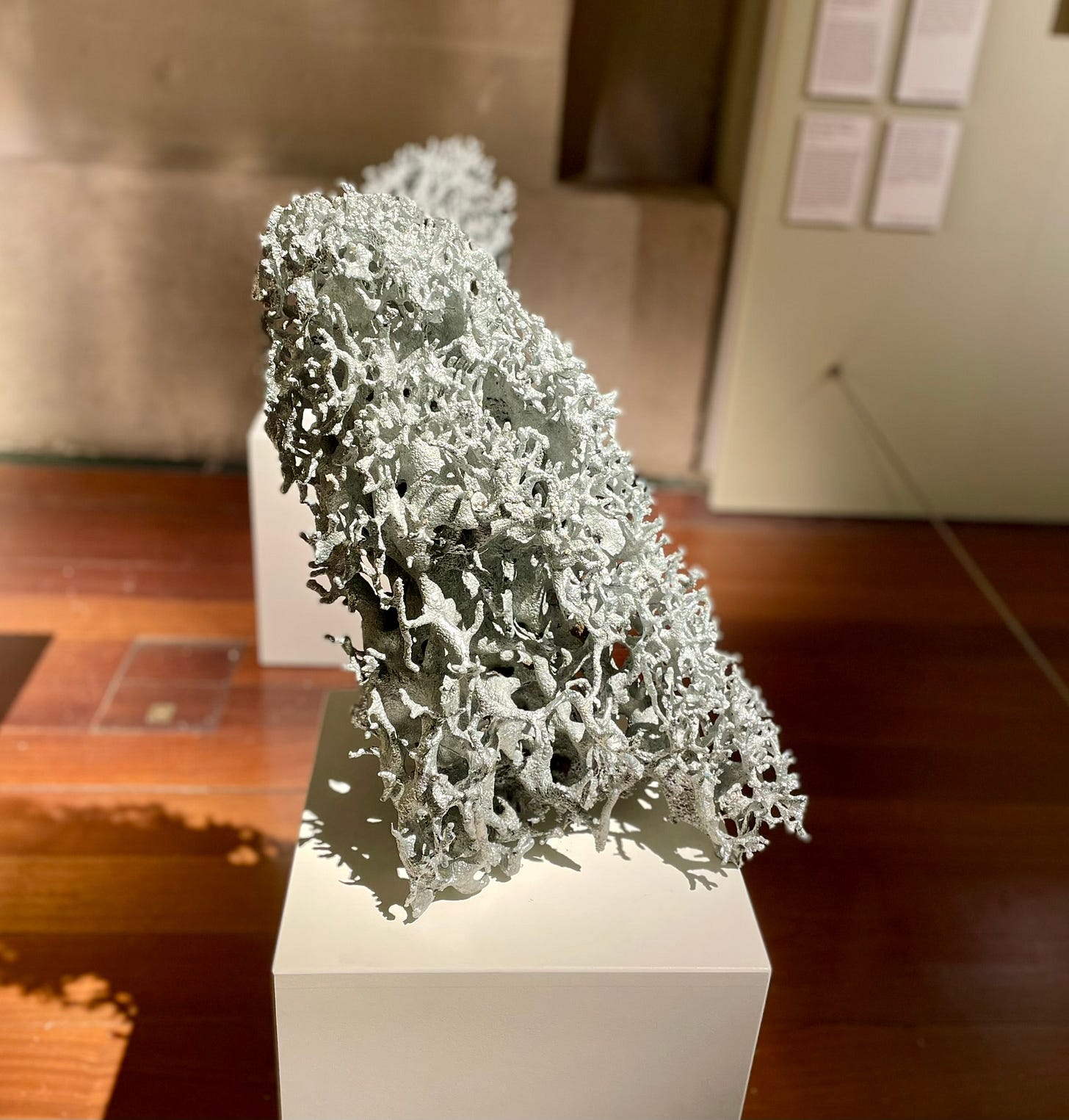

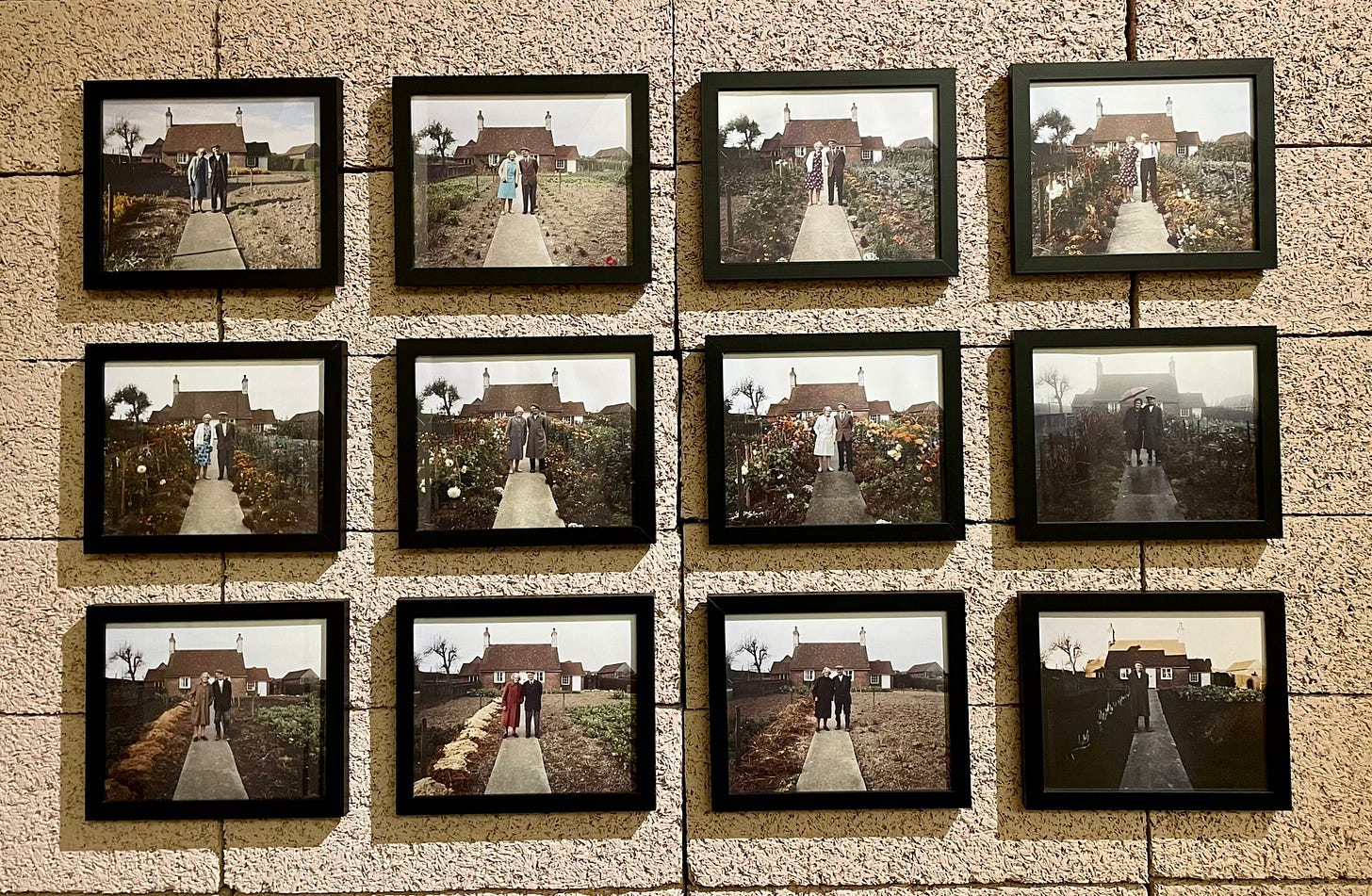
I think I would have liked this exhibition. I hadn't heard of Somerset House, but then again I don't get to London that often.